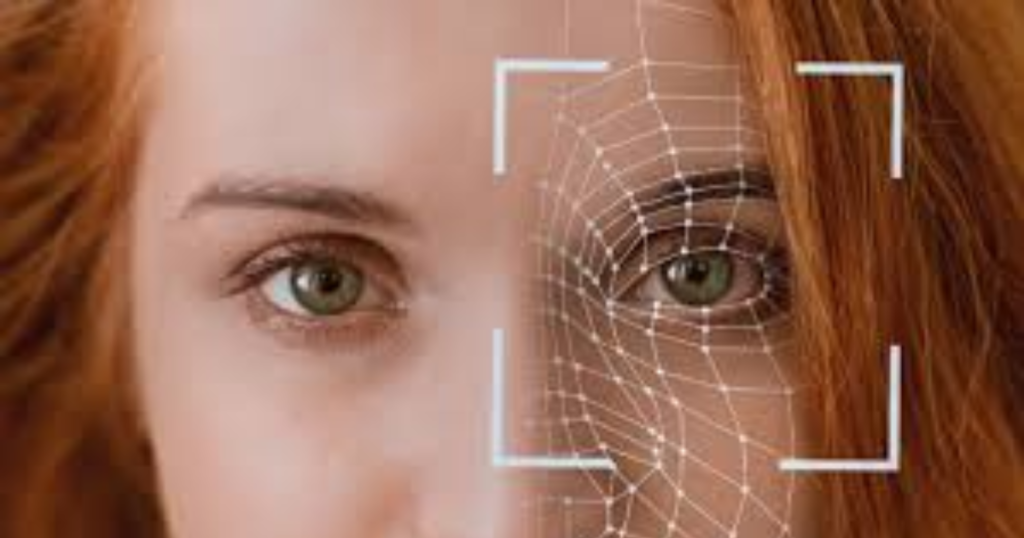Introduction
In the age of digital media, seeing is no longer believing. Deepfake technology, powered by artificial intelligence (AI), has revolutionized the way we create and consume visual content. From manipulated videos of celebrities to realistic but entirely fabricated political speeches, deepfakes pose a serious challenge to truth and authenticity. This article explores the rise of deepfakes, their potential benefits and dangers, and whether we can still trust what we see in an era of AI-generated media.
What Are Deepfakes?
Deepfakes are synthetic media in which a person’s likeness is digitally altered or replaced with another’s using AI and machine learning techniques. The term “deepfake” is derived from “deep learning,” a subset of AI that enables the creation of highly realistic fake images, videos, and audio recordings.
Deepfakes work by analyzing thousands of real images and videos of a person to train an AI model, which then generates new content that mimics their facial expressions, voice, and mannerisms with remarkable accuracy. The technology behind deepfakes has improved drastically, making it difficult even for experts to differentiate between real and fake content.
The Evolution of Deepfake Technology
Deepfake technology has evolved rapidly over the past decade. Early iterations were crude and easily identifiable, but today’s deepfakes are nearly indistinguishable from real footage. Key developments include:
- Generative Adversarial Networks (GANs): A type of AI that pits two networks against each other to create increasingly realistic media.
- Face-swapping Apps: Tools like FaceApp, Reface, and Zao allow anyone to create deepfake-like content with minimal effort.
- AI Voice Cloning: Technologies like Descript’s Overdub, Google’s DeepMind, and OpenAI’s text-to-speech models can synthesize speech that sounds nearly identical to the original speaker.
- Real-time Deepfake Technology: Some advanced deepfake systems can now manipulate live video streams, raising concerns about potential real-time deception in virtual meetings and broadcasts.
The Positive Uses of Deepfakes
Despite their reputation, deepfakes are not inherently harmful. Some beneficial applications include:
- Entertainment: Hollywood has used deepfake technology to de-age actors, replace stunt doubles, and even recreate performances of deceased artists.
- Education and History: Deepfakes can bring historical figures back to life for documentaries and educational purposes, making learning more engaging.
- Accessibility: AI-generated voices and facial synthesis can help people with speech impairments communicate more effectively.
- Virtual Reality and Gaming: Deepfake technology enhances character realism in video games and virtual reality simulations, creating more immersive experiences.

The Dangers of Deepfakes
However, the risks associated with deepfakes are significant and far-reaching. These include:
1. Misinformation and Fake News
Deepfakes can be used to spread false information, manipulate political discourse, and erode trust in reliable sources. Fabricated videos of politicians or world leaders making false statements can have serious geopolitical consequences.
2. Identity Theft and Fraud
Criminals can use deepfake technology to impersonate individuals for financial scams, bypassing facial recognition security systems and stealing sensitive information. Banks and security firms are increasingly worried about deepfake-based fraud attacks.
3. Non-Consensual Content and Privacy Violations
One of the most disturbing uses of deepfake technology is the creation of non-consensual explicit content, often targeting celebrities or private individuals. Many people have fallen victim to AI-generated fake videos and images, leading to reputational damage and emotional distress.
4. Erosion of Trust in Media
As deepfake technology improves, distinguishing between real and manipulated content becomes harder. This undermines public confidence in journalism, social media, and even personal interactions. A world where any video could be fake presents serious ethical and legal dilemmas.
How Can We Detect and Combat Deepfakes?
Several efforts are underway to combat the spread of deepfakes and prevent their misuse:
- AI Detection Tools: Companies like Microsoft, Adobe, and Facebook are developing deepfake detection software to identify manipulated content. The Deepfake Detection Challenge (DFDC) aims to improve the AI models used to spot deepfakes.
- Blockchain Authentication: Some media companies are exploring blockchain technology to verify the authenticity of digital content and ensure a traceable record of origin.
- Legislation and Policy Measures: Governments worldwide are introducing laws to regulate deepfake technology and penalize its malicious use. Some countries have already classified the creation and distribution of harmful deepfakes as criminal offenses.
- Public Awareness and Media Literacy: Educating people on how to spot deepfakes and verify information can help limit their impact. Fact-checking initiatives and digital literacy campaigns are essential in combating misinformation.
- Watermarking and Content Verification: AI researchers are working on embedding digital watermarks in authentic videos and images, making it easier to distinguish genuine content from deepfakes.
The Future of Deepfakes: A Double-Edged Sword
As AI technology continues to evolve, deepfakes will become even more convincing and accessible. The ethical implications of deepfakes raise questions about privacy, identity, and accountability. While their potential for entertainment, education, and accessibility is promising, their misuse could further destabilize trust in digital media and personal security.
Deepfake technology also presents challenges for law enforcement, cybersecurity experts, and policymakers who must develop strategies to balance innovation with security. Tech giants, governments, and AI researchers must collaborate to implement safeguards that prevent malicious uses while allowing positive advancements.
Conclusion
The rise of deepfakes presents both opportunities and challenges. While they have legitimate and creative uses, their ability to deceive and manipulate is a growing concern. As society grapples with this evolving technology, the key question remains: In an era where seeing is no longer believing, how do we safeguard truth and trust in the digital world? As AI technology continues to develop, combating the spread of deepfakes will require a combination of advanced detection tools, legal frameworks, and public awareness initiatives. Only through collective effort can we ensure that deepfake technology is used responsibly and ethically.